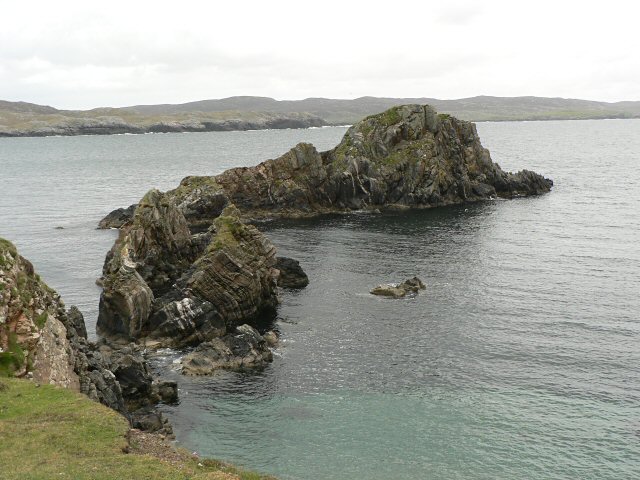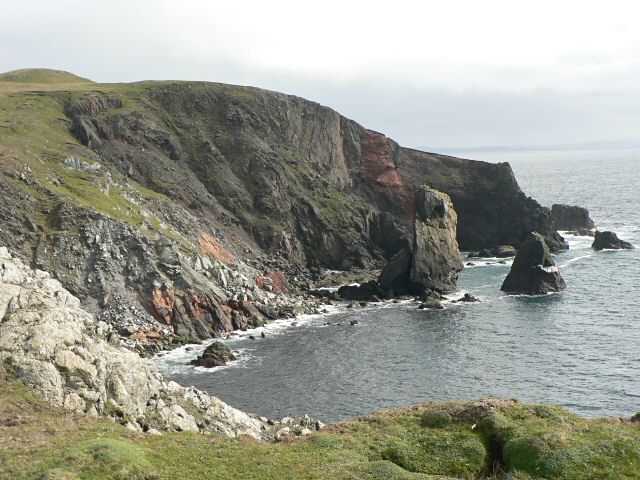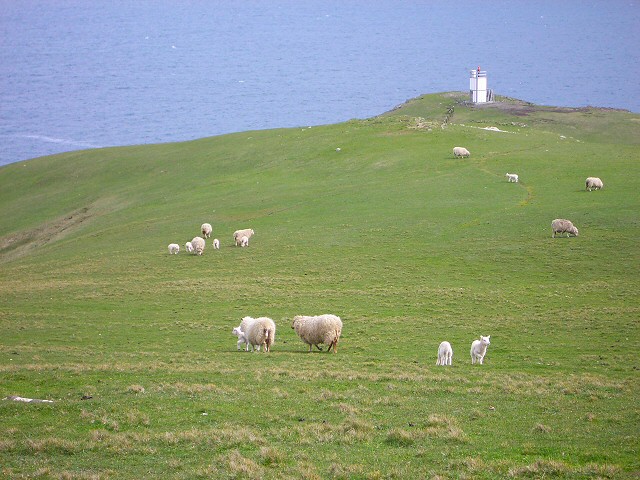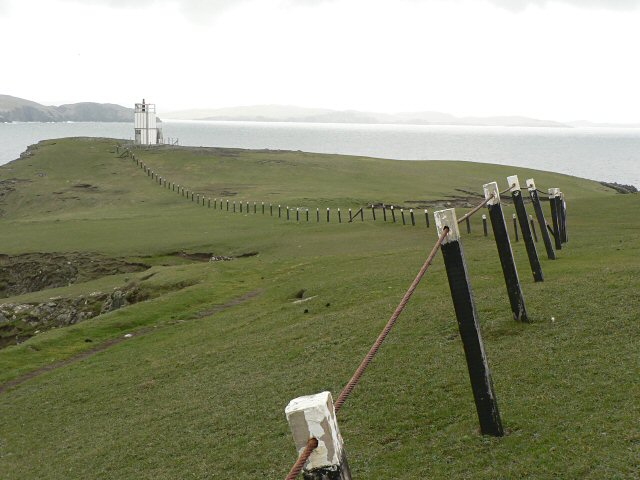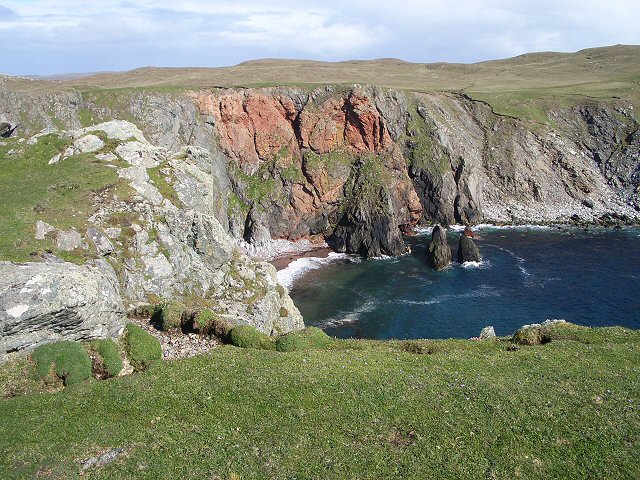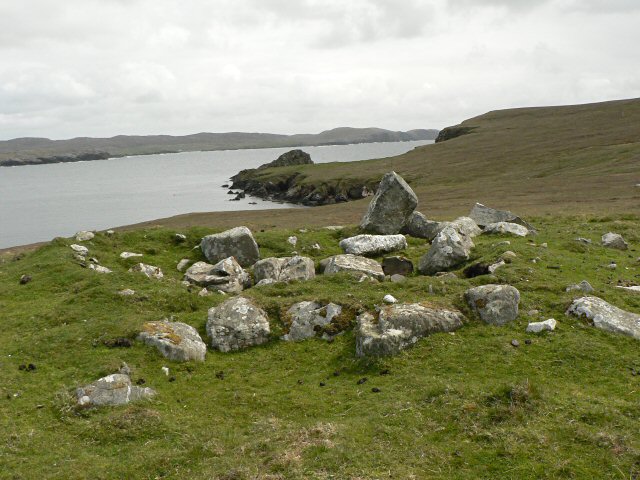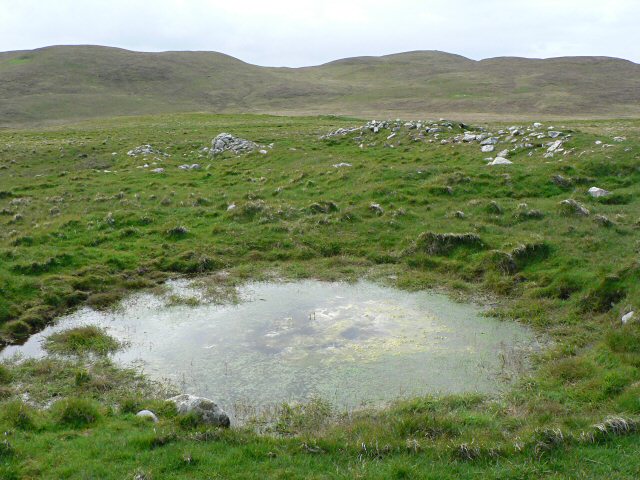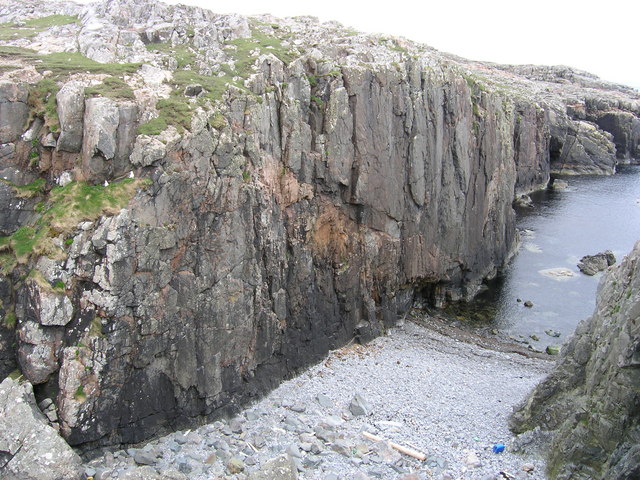Baa Taing
Coastal Feature, Headland, Point in Shetland
Scotland
Baa Taing
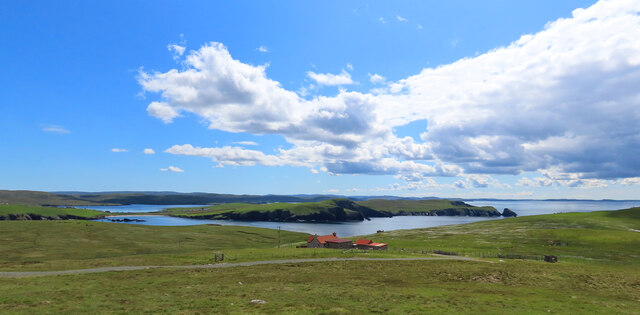
Baa Taing is a prominent coastal feature located on the west coast of the Shetland Islands, Scotland. It is a picturesque headland that juts out into the North Atlantic Ocean, offering stunning views of the surrounding landscape.
Situated near the village of Walls, Baa Taing is characterized by its rugged and rocky terrain. The headland is composed of layered rock formations, showcasing the geological history of the area. These layers, formed over millions of years, provide an insight into the region's ancient past.
Baa Taing is known for its dramatic cliffs, which rise up to considerable heights. These cliffs are home to a variety of seabirds, including puffins, gannets, and kittiwakes. Birdwatchers flock to the area to witness the impressive displays of these avian inhabitants.
The headland also boasts a small pebble beach, where visitors can relax and enjoy the peacefulness of the coastal environment. The beach is a great spot for rock pooling, as it teems with marine life during low tide.
In addition to its natural beauty, Baa Taing is steeped in local folklore and history. The name "Baa Taing" is derived from the Old Norse language, meaning "sheep field." This reflects the area's historical use as grazing land for sheep.
Overall, Baa Taing is a captivating coastal feature that showcases the stunning natural wonders and cultural heritage of the Shetland Islands. Its unique geological formations, diverse birdlife, and rich history make it a must-visit destination for nature enthusiasts and history buffs alike.
If you have any feedback on the listing, please let us know in the comments section below.
Baa Taing Images
Images are sourced within 2km of 60.452793/-1.4974347 or Grid Reference HU2774. Thanks to Geograph Open Source API. All images are credited.

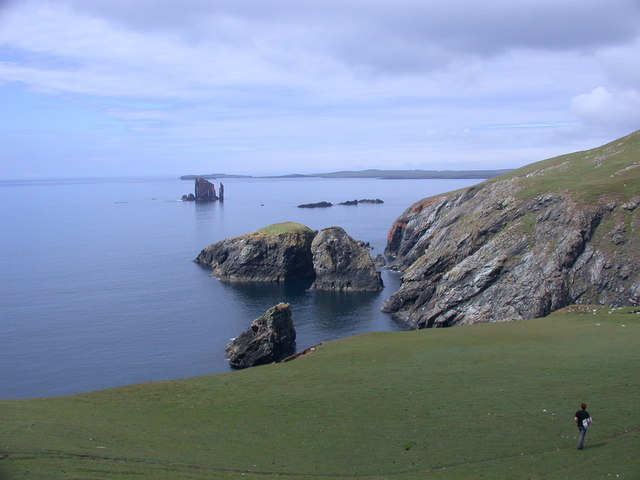





Baa Taing is located at Grid Ref: HU2774 (Lat: 60.452793, Lng: -1.4974347)
Unitary Authority: Shetland Islands
Police Authority: Highlands and Islands
What 3 Words
///brand.hardly.inherits. Near Brae, Shetland Islands
Nearby Locations
Related Wikis
The Drongs
The Drongs are a group of sea stacks off the coast of Hillswick Ness, Northmavine, Shetland, Scotland. They lie to the west of the Isle of Westerhouse...
Hillswick
Hillswick is a small village in Northmavine, on the shore of the Atlantic Ocean and lies to the north-north west of Mainland, Shetland, the most northerly...
Gunnister
Gunnister is a small 'abandoned' village at the North-West Mainland in Shetland, Scotland. It is most commonly known for the Gunnister Man - the remains...
Punds Water
Punds Water is a freshwater loch near Mangaster in Northmavine, Shetland. It also gives its name to a nearby Neolithic heel-shaped cairn. == Heel-shaped... ==
Nearby Amenities
Located within 500m of 60.452793,-1.4974347Have you been to Baa Taing?
Leave your review of Baa Taing below (or comments, questions and feedback).
